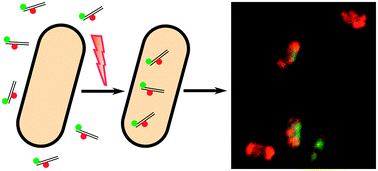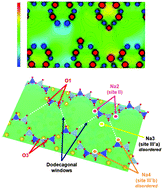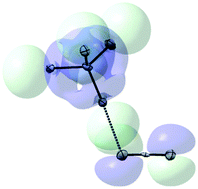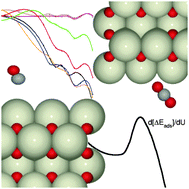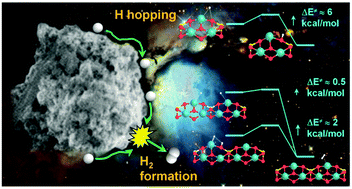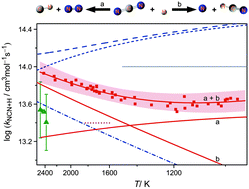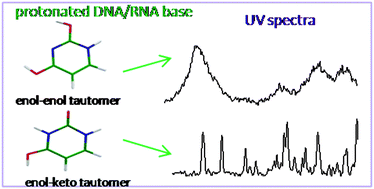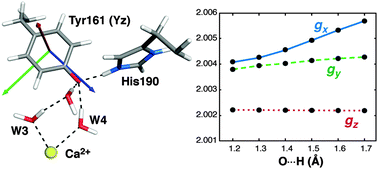A mini-collection of articles covering the newest developments in in vivo single-molecule methods has recently been published online as part of issue 25 of PCCP. The mini-collection highlights the great progress that has been made in tracking individual fluorescent proteins in living cells or bacteria and to this end the novel microscopy and labelling strategies that have been developed. Also covered are techniques like optical tweezers that are being applied more and more to living cells, using particles that are smaller and can be trapped with specificity.
The following articles are featured in the collection:
- A review by Lene Oddershede and co-workers detailing the recent and exciting results achieved through the optical force manipulation of individual molecules in vivo. The review describes the capabilities of optical tweezers, the only nano tool able to manipulate individual molecules and organelles within living cells without disturbing the cell wall. Read more about this extremely useful technique online.
- A perspective article by Erwin Peterman et al. reviews methods for investigating membrane–protein diffusion in bacteria, a challenging task due to the extremely small size of bactiera. This article has also been featured on the rather striking front cover of the issue!
- Mark Leake has contributed a perspective article detailing the development and application of a variety analytical methods used to localize and track single fluorescently-labelled molecules. He carefully evaluates known methods using case studies and identifies the challenges still facing the field in developing further robust analytical protocols to single-cell single molecule data.
- Anne Plochowietz and co-workers offer a new approach to study intramolecular charges or complex formation using FRET at the single-cell level in live bacteria. Read more online about how their method shows improved cell viability and loading over previous studies.
So read more about this fascinating area of research in issue 25 of PCCP online now!



